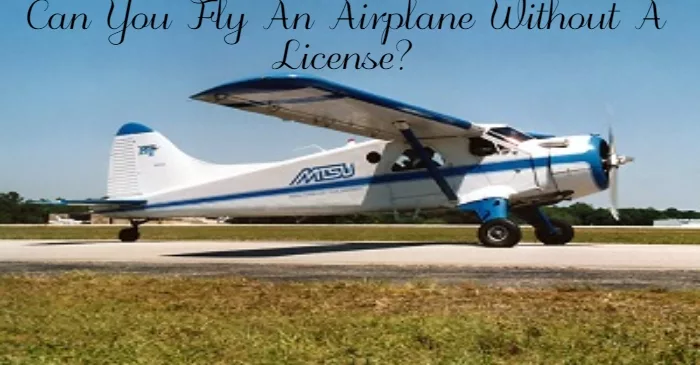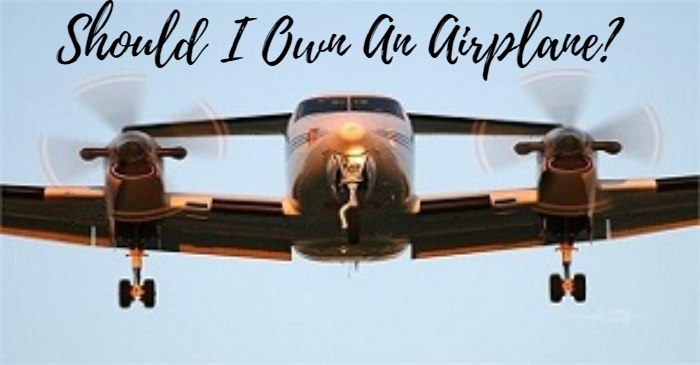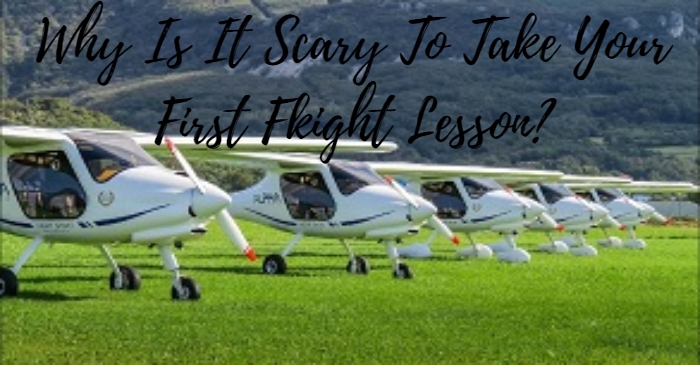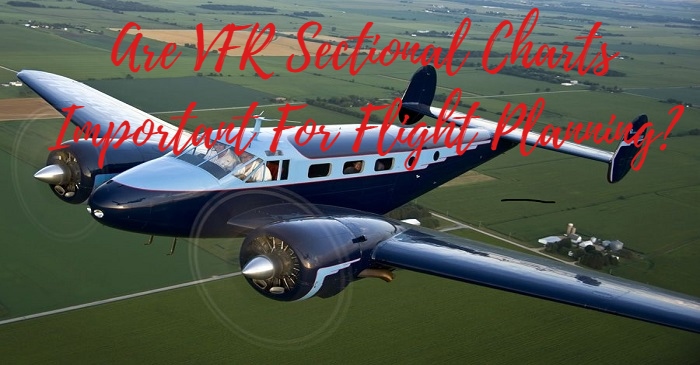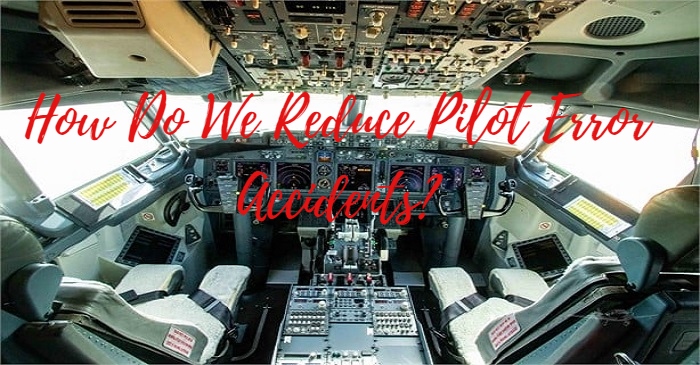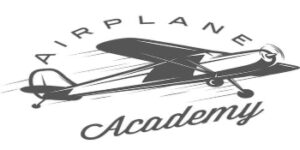 The search for becoming the best pilot is to excel toward perfection. Learning to fly stabilized approaches is essential to all pilots. What Is The Secret To Flying A Stabilized Approach?
The search for becoming the best pilot is to excel toward perfection. Learning to fly stabilized approaches is essential to all pilots. What Is The Secret To Flying A Stabilized Approach?What’s The Secret To A Stabilized Approach?
The secret to flying a stabilized approach is to control an airplane with precision so as to be on altitude, on speed, and on glide path at 3 degrees per thousand feet, “3:1”, descent to the threshold of the runway. Precision flying must be learned!
1. What Is A Stabilized Approach?
A stabilized approach is an approach that is flown on speed, on heading, and on altitude that ensures the greatest safety.
Whether flying a VFR, (Visual Flight Rules), or an IFR, (Instrument Flight Rules), approach. being stabilized is essential. Stable approaches are taught from the first flight.
The approach begins with planning exactly how the airplane must be flown.
2. Why Are Stabilized Approaches So Important?
Stabilized approaches are important to enhance safety in the traffic pattern.
They teach you to increase your situational awareness and pilot skills in many ways.
Learning to control power, airspeed, and altitude as necessary and learning to associate flight instruments compared to flight status while learning to monitor and adjust engine instruments are just a few key points.
These lessons will be practiced many times while getting your Private Pilot Certificate, and hopefully ingrained indelibly in your memory.
Since most accidents occur in the take-off and landing phases of flight the more diligent pilots are the safer the traffic areas become, especially in the airport traffic pattern. Reduction in accidents and incidents is a very good thing.
3. Planning.
Every aspect of flying requires excellent planning and flying an airplane requires being prepared for anything. Remember that you have a great responsibility so being prepared for even the worst scenarios is important.
Every part of your flight should be well planned so the outcome is favorable and flying a stabilized approach is absolutely necessary so do your planning well for your approach. You have a lot of time when flying cross-country to plan and prepare for your approach.
Your passengers will respect your expertise. Plan well.
Familiarize yourself with the FAR’S, (Federal Aviation Regulations), and the Airplane Flying Handbook Chapter 8 here.

